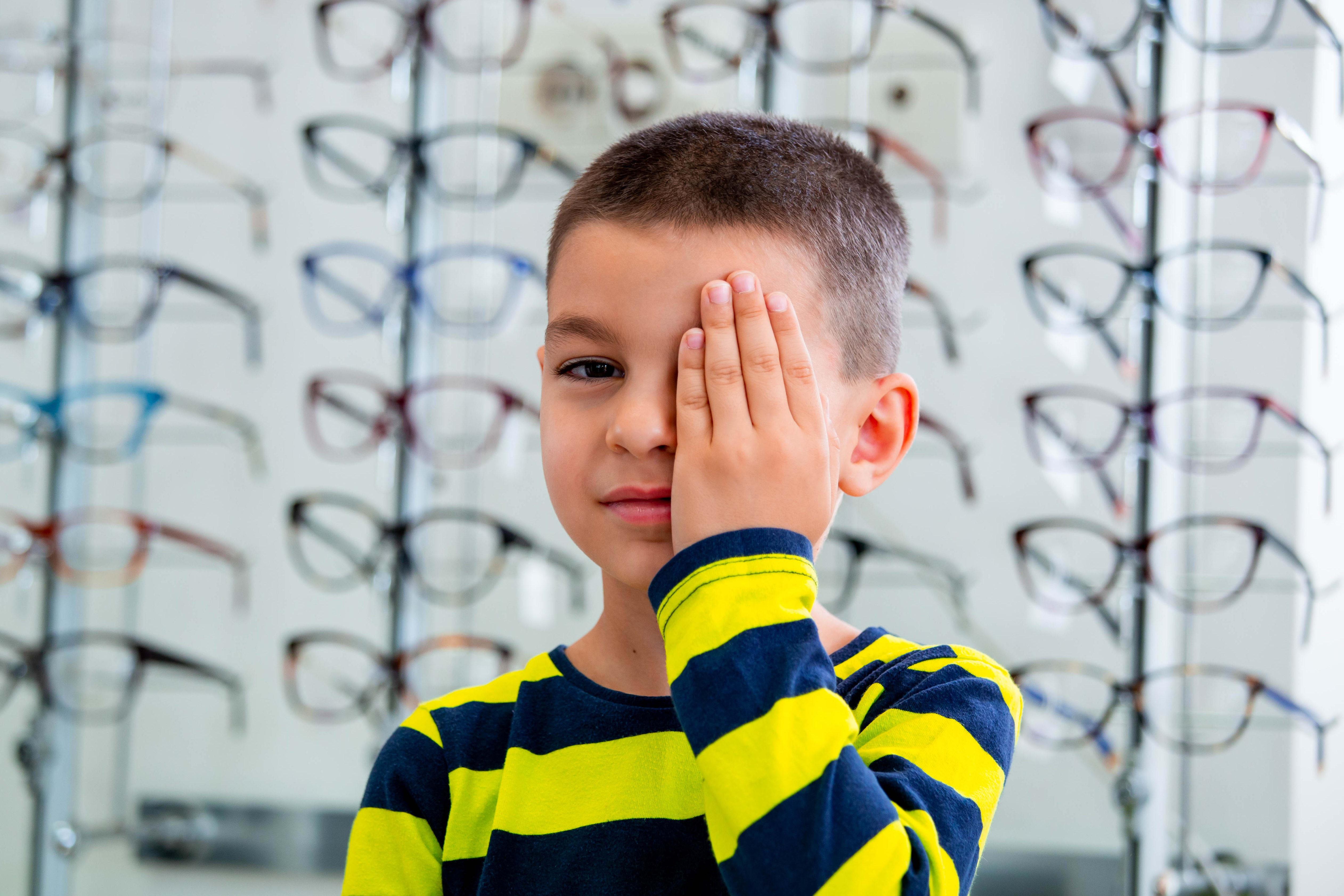In the rapidly evolving field of myopia management, 1 of the most asked—and often misunderstood—questions from both parents and clinicians is, when can we stop treatment? The prevailing belief is that once a child’s myopia “stabilizes,” typically in their mid-to-late teens, myopia control interventions, such as orthokeratology, atropine, or multifocal soft contact lenses, can be discontinued safely. However, emerging evidence suggests this assumption may be premature, and in some cases, even harmful.

A Silent Progression
The concept of “stabilization” often refers to refractive stability, but refractive error can show minimal change even while axial length continues to increase—a silent progression that still raises the risk for myopia-related complications, such as retinal detachment, myopic maculopathy, and glaucoma.1 In fact, myopia progression rarely stops abruptly. Instead, the rate of change tends to gradually slow over time, with even low lev- els of axial elongation continuing into the early 20s and, in some cases, the 30s and 40s.2
This distinction is crucial. Axial elongation, not myopia shift alone, is the primary structural factor associated with long-term visual morbidity. Therefore, relying on refraction alone to determine treatment cessation can be misleading.
Influencing Factors
As briefly mentioned above, the age at which myopia progression slows varies significantly: Some children progress rapidly until age 18, while others show signs of early stabilization at this age. What’s more, factors such as age of onset, parental history of high myopia, academic stress, and outdoor time all influence myopia progression patterns.
Additionally, cessation of treatment doesn’t always lead to a “coasting” effect. Rebound phenomena—especially with pharmacologic treatments, such as atropine—can result in accelerated progression if treatment is halted too soon or without tapering.
Monitoring Axial Length
Rather than basing decisions on a fixed age or arbitrary refractive plateau, I recommend clinicians monitor axial length trends over time. If axial elongation remains below clinically significant thresholds (eg, <0.1 mm/12 m) and the patient is nearing late adolescence, a cautious trial of treatment discontinuation can be considered.3
Even then, though, it is wise to taper rather than abruptly stop, and to continue monitoring both refraction and axial length for signs of myopia recurrence.
Additionally, lifestyle modifications, such as frequent outdoor breaks and less sustained near work, should be reinforced as ongoing behavioral interventions.
Further, educating families about the underlying biology of myopia and the importance of continued vigilance—even in the absence of dioptric change—is essential to prevent premature stoppage of treatment.
Busting the Myth
The myth of refractive stabilization as a green light to discontinue treatment must be replaced by a more nuanced, data-driven approach centered on axial stability, individual risk, and ongoing monitoring. As clinicians, our responsibility extends beyond short-term refractive changes to the lifelong ocular health of our patients.
References
1. Tideman JWL, Snabel MCC, Tedja MS, et al. Association of axial length with risk of uncorrectable visual impairment for Europeans with myopia.
JAMA Ophthalmol. 2016;134(12):1355–1363. doi:10.1001/jamaophthalmol.2016.4009.
2. McBrien NA, Adams DW. A longitudinal investigation of adult-onset and adult-progression of myopia in an occupational group. Refractive and biometric findings. Invest Ophthalmol Vis Sci. 1997;38(2):321-333.
3. Jonas JB, Ang M, Cho P, et al. IMI Prevention of myopia and its progression. Invest Ophthalmol Vis Sci. 2021;62(5):6. doi:10.1167/iovs.62.5.6.




